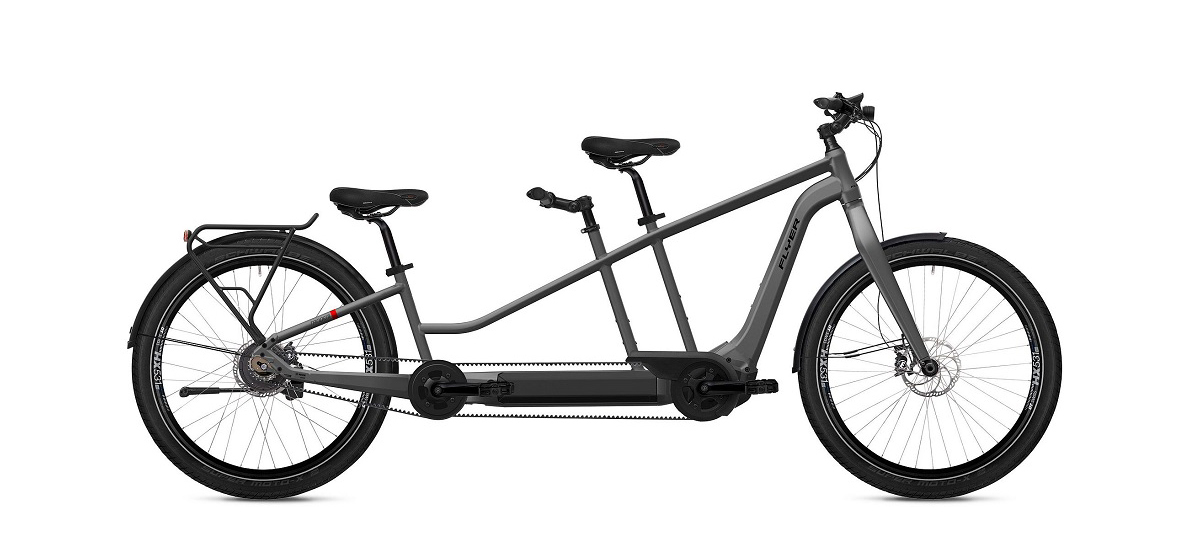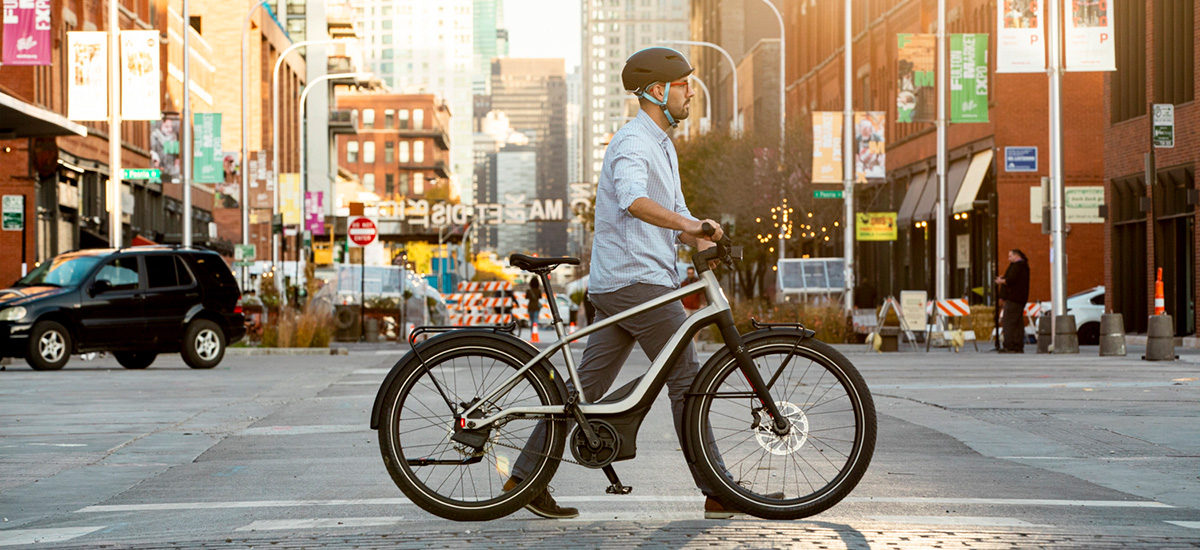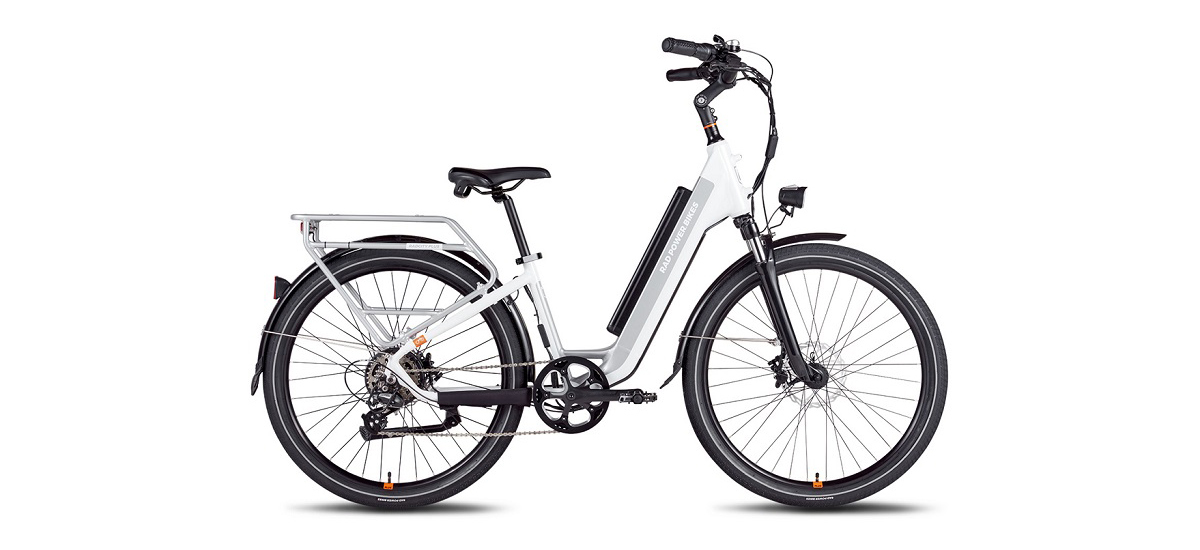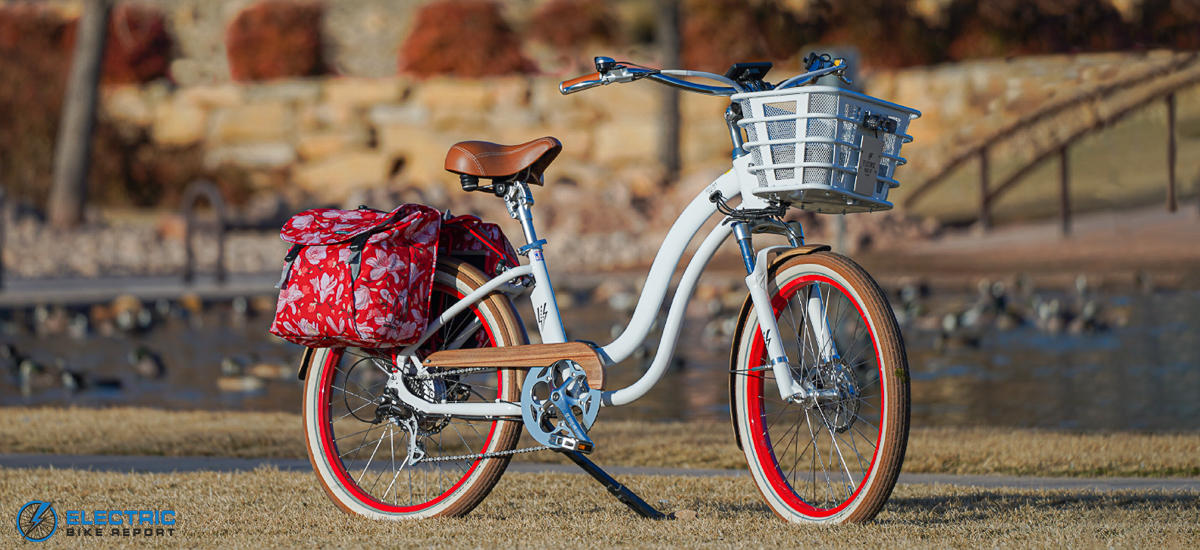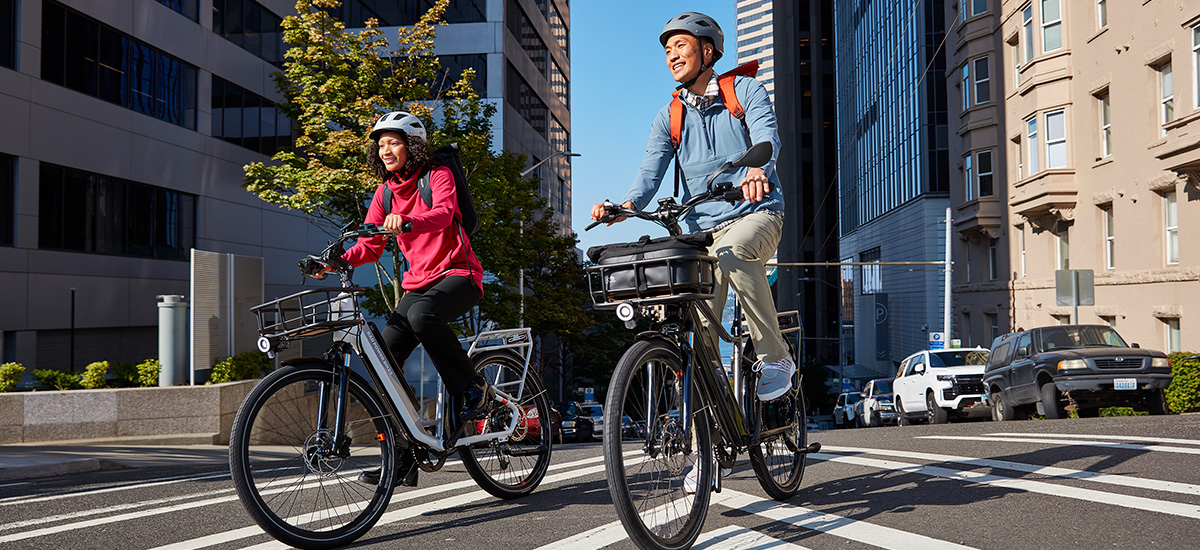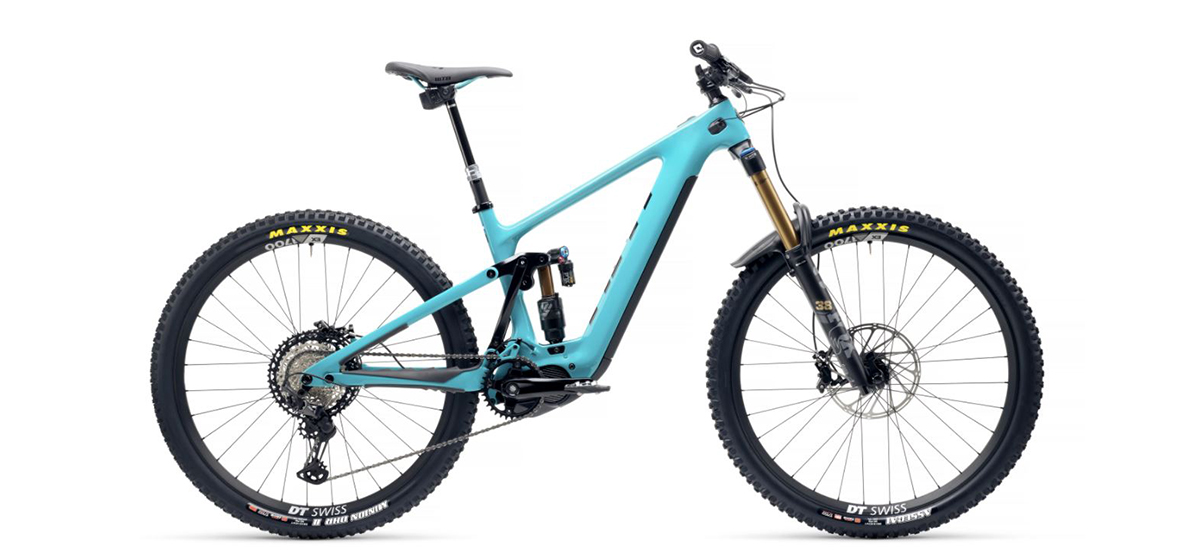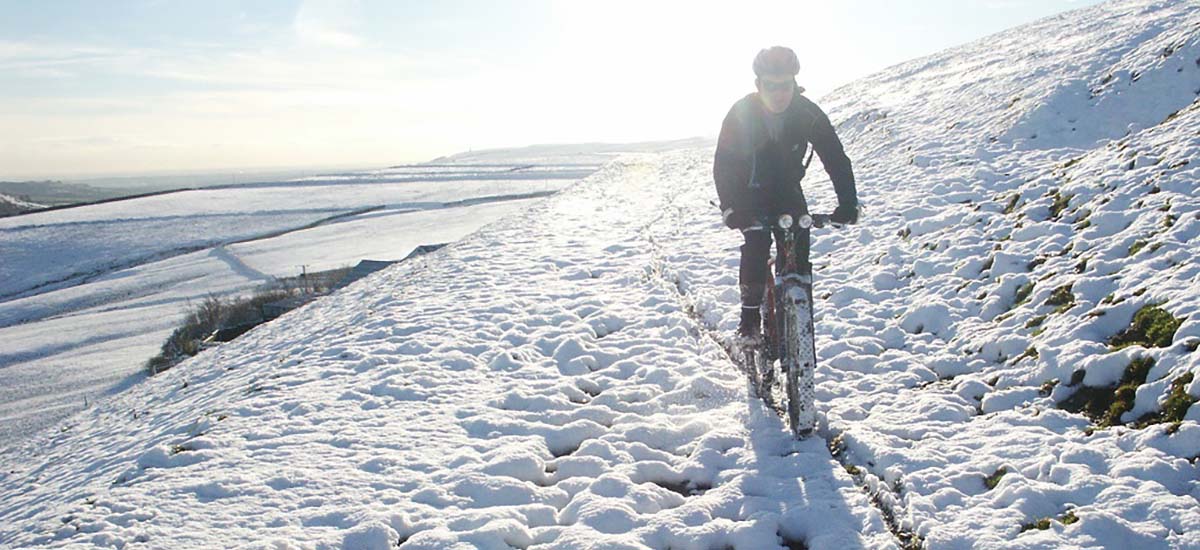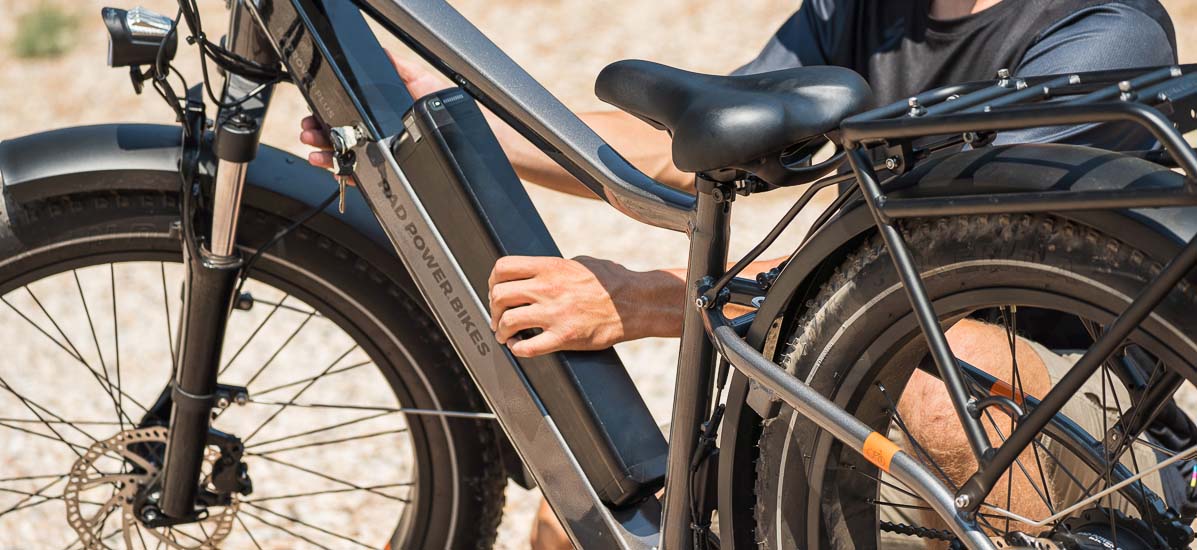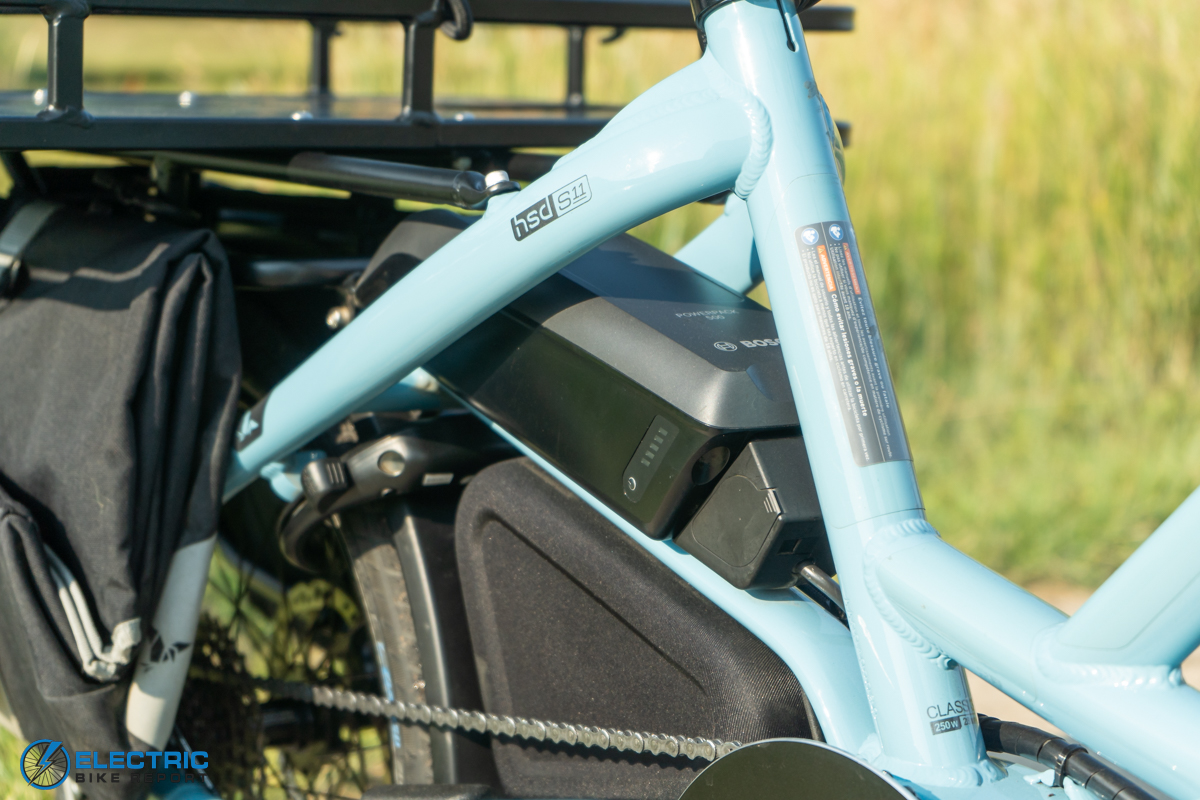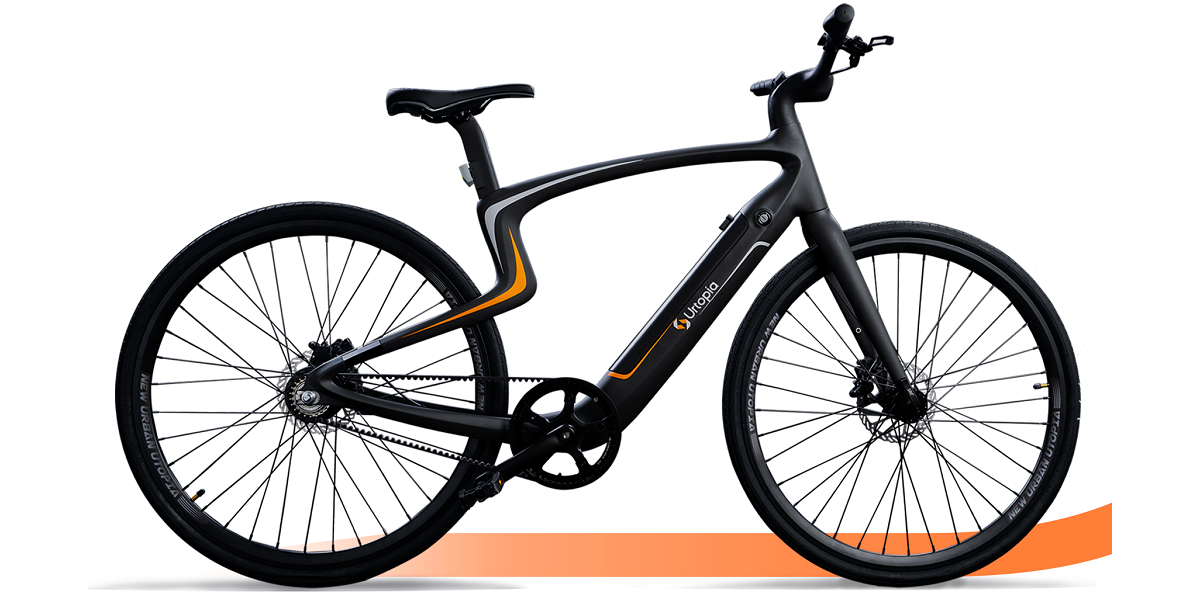
Frame material is an old chestnut for discussion in the bike and e-bike world, but despite lots of exciting new tech appearing on the horizon (and sometimes disappearing back beneath it) the vast majority of e-bikes and bikes are still made from steel and aluminium alloys. New alloy mixes and new manufacturing processes like aluminium tube hydroforming (pioneered on bike frames by Giant in the early part of the 20th century) have given a new twist and new possibilities to frame design. But, at the heart of it you are still left with the same metallic core properties of steel and aluminium on the vast majority of bikes and e-bikes available today.
EBR has reported on many of the new developments such as 3D-printed frames, magnesium cast frames and even bamboo-framed e-bikes. Despite being around for quite a while on road bikes, carbon-fiber has remained relatively rare on e-bikes but this week we look at two e-bike startups looking to bring carbon fiber frames to more affordable e-bikes, price being traditionally one of the big sticking points of mass adoption. Is this really a new dawn for e-bike frame materials or another false one?
- Ride1UP’s new affordable, single speed gravel e-bike
- Urtopia and CrownCruiser carbon fiber e-bikes
- Automatic suspension from SRAM
- Orion look to popularise low cost e-bikes
- Amazing e-bike and Brompton US growth
- Dott to launch 10,000 share e-bikes across Europe
